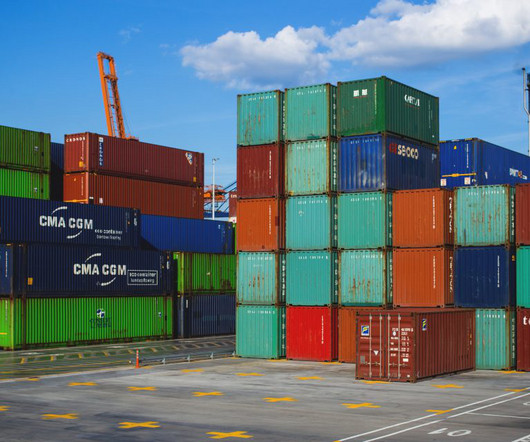Survey Points to Little Signs of Traditional Peak Period Ocean Container Demand
Supply Chain Matters
JUNE 13, 2023
Now we have labour disruptions and the Panama Canal drought, which in normal circumstances would lead to an uptick in freight rates as they adsorb effective capacity, but any significant price effect is now highly doubtful in the current market.” This survey was conducted in May among participants in the global freight forwarding community.
















Let's personalize your content